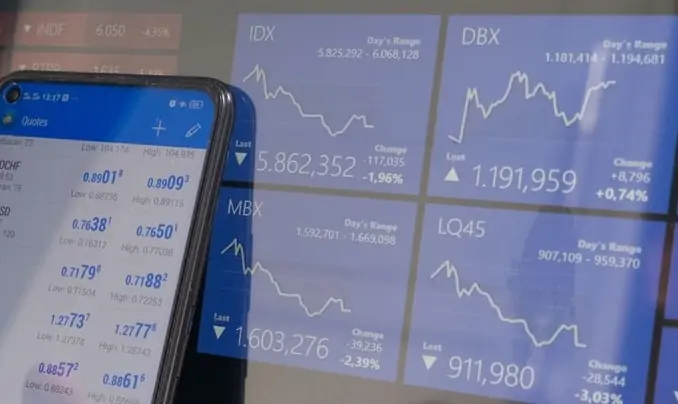
NGOs and Foreign Exchange (FX)
“Foreign exchange management for NGOs”. This was the title of a presentation by Arnold van Willigen, financial director of the Woord en Daad foundation, during the meeting organized by Partos and StoneX in October 2021. Arnold passed on valuable insights to deal with foreign currencies. With Arnolds approval, these have been included in this article. In addition, Arnold presented Woord en Daad’s approach to dealing with foreign currency. There were a number of interesting elements in this presentation, which are elaborated on in this and a follow-up article.
Currency risk = impact risk
Organizations handle foreign currency and its inherent risks differently. All kinds of factors can lead to different strategies. For example: Who in the supply chain bears the currency risk? Some organizations choose to transfer the currency risk to the recipients end (by entering into Euro contracts). Other organizations take the currency risk themselves (by entering into contracts in local currencies). In any case, the lesson is that currency risk cannot be reduced to a financial risk. It is directly related to impact. After all, if a recipient organization receives less money (due to a lower exchange rate), then the plan and objectives will have to be updated. In short, paying in Euros does not mean that you are not at risk, because in case of an exchange loss, this will have an impact on the execution of the project and the achievement of agreed indicators and thus will indirectly come back to you.
No silver bullet
The second thing to notice is that the chosen strategy depends on many factors. In which countries is the organization active (volatile or stable)? Works the organization with many local partners or primarily through its own country offices? What is the financial strength of the organization and its partners? Are there buffers to absorb setbacks? What expertise is available about financial instruments, such as hedging? You can also think about regulations and the management’s willingness to take risks (‘risk appetite’).
Risks in income and expenses
Usually, exchange risks are discussed in the context of payments, the conversion of euros into local currency. However, the reverse is also true. For organizations with part of their fundraising in other countries (e.g. UK and US) also have to deal with donations that may need to be converted. However, this often involves more stable currencies, such as the British pound and the US dollar.
Strategies for incoming flows
Still, especially when it comes to substantial money flows, some conversion strategy will be followed. Three possibilities were presented: (1) conversion at the daily exchange rate, (2) hedging the contract (assuming there is one), and (3) holding bank accounts in this currency, so that conversion is not (immediately) necessary.
Strategies for outgoing money flow
For outbound cash flows, there are several scenarios. There may be direct payments to a partner, whereby euros are converted into the local currency. For organizations with offices in multiple countries, payment can also be made in other currencies (e.g. USD). The strategies can be outlined roughly as follows.
(1) Payment in euros,
(2) Payment in local currency (i.e. with immediate conversion at daily exchange rate),
(3) Payment from bank accounts in this local currency or
(4) Hedging against euros or other currencies.
Summarizing can be said that both incoming donations as well as outgoing payments essentially can use similar exchange strategies. And what strategy to pick, largely depends on the factors as described in this article. In a next blog we will outline the Woord en Daad approach.
Share this article: